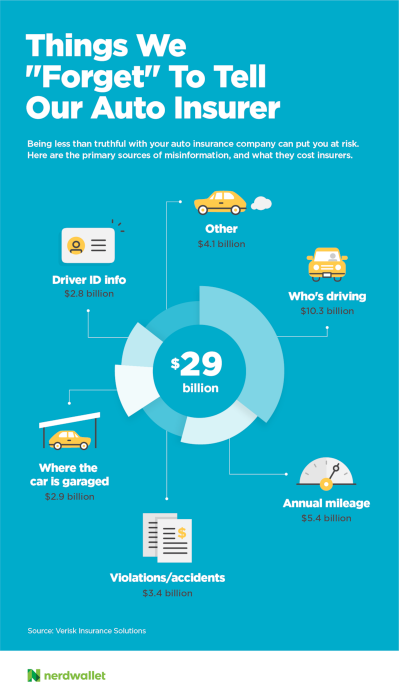Everyone has a differentdefinition of financial comfort, but let’s just say there’s not a whole lot uncomfortable about $50,000 landing in your lap —except, maybe, the weight of all that paper. Deciding how to invest that amount of cash can get pretty heavy, too, especially if you —like most people — aren’t used to a flood of money all at once. Do you stick it in a mutual fund? Try to sniff out the next hot stock? Portion it as $1 bills so you can roll around on a carpet of money? We suggest a more measured approach. First, make sure you know whether this money will be taxed — the IRS could quickly turn that $50,000 into a still-exciting-but-slimmer $35,000. Then check two crucial financial boxes: havingan emergency fund and not having high-interest debt. Nowyou’re ready to consider some investment options. Here are five suggestions for how to invest $50,000.
How to invest $50,000
– Jump in with both feet 1. Jump in with both feet
When it comes to investing, time matters —specifically, time in the market. There’s an opportunity cost to keeping your money in cash, because even days and weeks of investment growth matter. So while you may be tempted to dribble this money in bit by bit, the best strategy, as outlined by Vanguard, is to go whole hog and drop that cash in. That doesn’t mean you shouldn’t take time to figure out the best investment for you. (What do you think we’re doing here, anyway?) It means that once you’ve landed on a plan, jumping in will typically outperform dollar-cost averaging, a fancy term for that dribble strategy of investing a set amount at regular intervals in an attempt to smooth out the market’s highs and lows. 2. Invest in an older, wiser version of yourself
The you of tomorrow will really appreciate it if the you of today puts this money into a retirement account.
If your company offers a 401(k) that matches employee contributions, and you haven’t been contributing enough to earn that match, let this cash influx free up your budget so you can do so. (Unfortunately, you can’t dump this money in there in one shot, despite the advice above. A 401(k) has an annual contribution limit of $18,000 — $24,000 if you’re 50 or older — and is funded via deferrals from your paycheck; most don’t accept lump sum contributions.) The other option, if you don’t have a 401(k) or you’re already fully funding one, is an individual retirement account like a Roth or traditional IRA. These, too, have annual contribution limits —a combined $5,500 ($6,500 if 50 or older). Is it worth putting away that kind of chump change now that you’re such a baller? This Roth IRA calculator, which does the math to project the value of your contributions down the line, will tell you that the answer is “yes.” » Which retirement account is best for you? We break down IRAs vs. 401(k)s
3. Take advantage of the room to diversify
Plenty of things get easier when you have more money, and diversification is one of them.
When you have a couple hundred or a even few thousand dollars, it’s hard to spread that money around. Many people end up choosing a fund with built-in asset allocation, like a target-date fund, or a Standard & Poor’s 500 index fund, which holds some of the largest companies in the U.S. But with $50,000 you can really get your diversification game on — did we make that sound fun? —and look at all the things that a good asset allocation plan considers: taxes, investment goals, time horizon and risk tolerance. If the goal is retirement and your time horizon is long, that means, well, you’ll probably still put most of your portfolio into an S&P 500 index fund. Those big companies are big for a reason, and their continued growth and stability is a good anchor. But you’ll also have money left to spread around to funds that hold small and medium-size companies, and to international and emerging markets. For nearer-term goals, or to balance out risk, you can select bond funds. » Want to pick stocks instead? Here’s our guide for how to buy stocks
Because the cash you have is more than 401(k) and IRA contribution limits, you’ll probably also want to open a brokerage account so you can invest the rest. You should look at all your long-term money as one larger portfolio, regardless of how many accounts you have. For example, you can fill gaps in a subpar 401(k) investment selection with the investments you choose in your IRA or taxable account. You also want to optimize for tax efficiency. Because a taxable brokerage account is, well, taxable, it makes sense to hold investments that carry a low tax burden —like stock index funds and municipal bond funds — in that account. Investments that are taxedas ordinary income or that generate capital gains, like corporate bond funds and mutual funds with high stock churn, should go in a tax-deferred account like a traditional IRA or 401(k). 4. Get outside the retirement bubble
As far as investing goals go, retirement hogs all the attention. But a windfall can feel like permission to consider the goals that are secondary but also important, such as a house down payment or college for your kids. A house is not an investment, but it is an asset. Assuming your home holds value, your monthly mortgage payments build up a pot of equity you can tap one day. But first you’ll need a down payment, and it can take years to save up the recommended 20% down to avoid private mortgage insurance,which can add $100 or more to your monthly payment, depending on your home value. This extra cash can go a long way toward speeding up that process. As for a college fund, the IRS allows you to front-load 529 plan contributions, which are subject to the annual gift tax exclusion. You can put in five years’ worth of contributions at one time — that’s $70,000; or $140,000 for a married couple — without paying a gift tax. 5. Consider getting some advice for lessIf you want someone to dive deep into your financial life, you want a financial advisor. And these days, you can get one for much less than you would’ve paid five or 10 years ago, thanks to online advisor services like Personal Capital and Vanguard Personal Advisor Services. Your $50,000 meets the minimum balance requirement for both services.How to invest These companies have computer algorithms doing much of the portfolio management dirty work, but on the front lines are human advisors who can walk you through the recommendations made by those computers and make adjustments based on your feedback. The computers make the services cheaper than a direct relationship with a financial advisor, but the human element is still very much there. At Personal Capital, you’ll pay 0.89% of your account balance and be paired with a dedicated financial advisor. At Vanguard, you’ll pay 0.30% and work with a team of advisors, meaning you may speak to a different person each time. Arielle O’Shea is a staff writer at NerdWallet, a personal finance website. Email: aoshea@nerdwallet.com. Twitter: @arioshea. The article How to Invest $50,000 originally appeared on NerdWallet.
– Invest in an older, wiser version of yourself
– Take advantage of the room to diversify
– Get outside the retirement bubble
– Consider getting some advice for less
We’ve written about how to invest other amountsas well.
• $500
• $1,000
• $5,000
• $10,000
• $20,000























